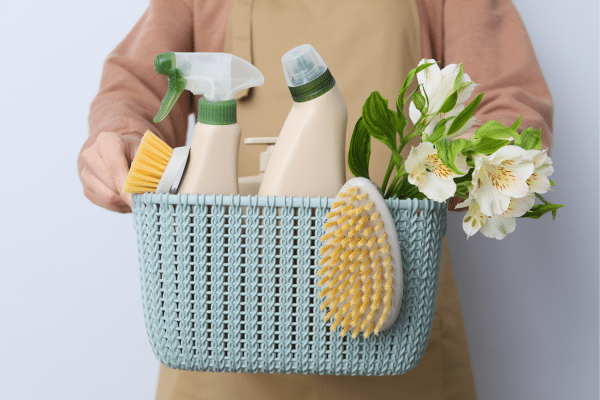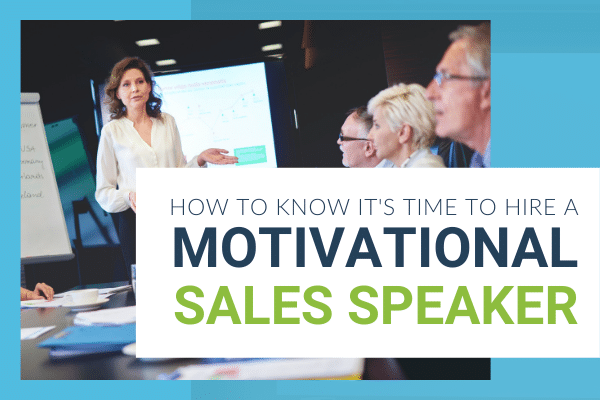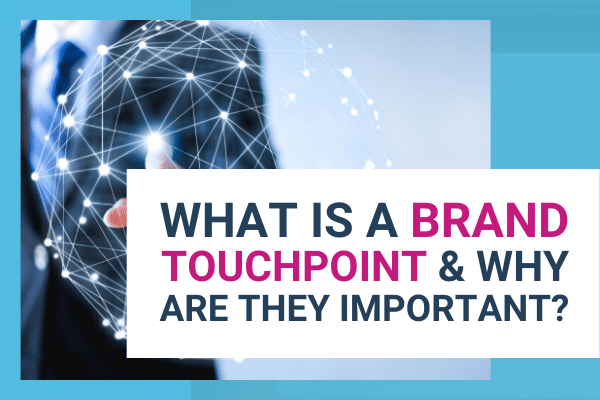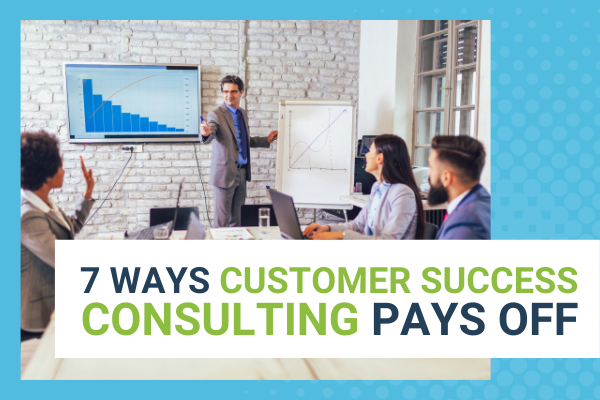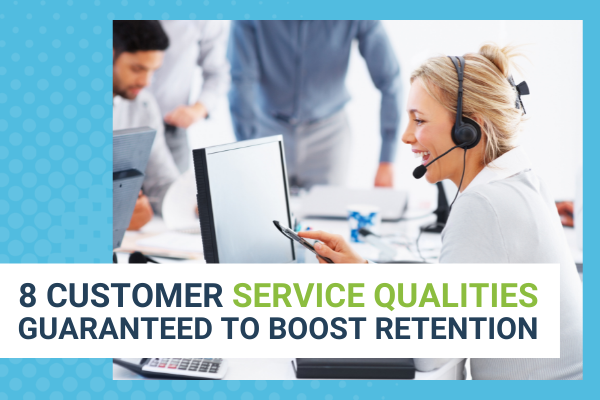The connections you make with customers or clients matter. A brand touchpoint is an individual contact point between the customer and the brand. This isn’t usually a single moment. In fact, most companies have upwards of 100 different brand touchpoints. These are broadly defined interactions, ranging from in-person selling to email marketing messages. With that in mind, it’s never been more important to understand brand touchpoints and why they matter. When creating your customer journey map, you need to understand the key areas your customers are focused on. By anticipating brand touchpoints in advance, you’re prepared to overcome challenges, concerns, and anything else that gets in the way of a sale. In marketing, there’s something known as the rule of 7. This refers to the average of 7 interactions it takes with a consumer and a brand before they’re ready to make a purchase. When you focus on creating a superb customer experience with each of those brand touchpoints, you make a real impact. Not only does this have the potential to boost your revenue, but it also leads to customer loyalty. When it comes to customer loyalty, 73% of consumers say a great experience is key. With that in mind, it’s time to get serious about brand touchpoints. Keep reading to learn what these are and why they’re essential in today’s marketing battleground. How you connect with your customers makes all the difference in how they feel about your brand. What Is A Brand Touchpoint? First and foremost, what is a brand touchpoint? Simply put, this is defined as the interactions and exposures consumers have with brands. This doesn’t have a single definition beyond this. It can be both deliberate communications and interactions consumers have on their own in their daily lives. In customer journey mapping, brands take the time to determine their key brand touchpoints. These are moments when they reach out to the consumer to provide value, share a new product, or outsell the competition. They can be strictly sales-focused, or more general, designed to create a positive impression of the brand. Brand touchpoints are things you’re likely already familiar with in your daily life. Things like TV ads, Google search ads, and social media posts are all forms of brand touchpoints. They can be physical, like a direct mail postcard or business card. They can also be in-person, like a live event or providing great customer service in storefronts. Most importantly, why do brand touchpoints matter? First, when you focus on providing a targeted, engaging experience, your customers notice. A reported 81% of companies see customer experience as a way to stand out from competitors. When you consider the best ways to communicate and interact with your audience, you create engaged superfans who are loyal to your brand. This empowers you to charge more, land more referrals, and stand out. Common Brand Touchpoints With that in mind, what are some of the most common brand touchpoints? Many of these are things you’re likely already familiar with, but it’s still helpful to look into them closely. It’s normal to choose several of these to fit within your customer journey mapping. Not every brand touchpoint is the right fit for every audience. When in doubt, consider how your audience spends their time both in-person and online. What are their preferred methods of communication? Most importantly, these will continue to evolve as your customers’ expectations change over time. Social Media One of the most trusted ways to build brand awareness while interacting with customers is through social media. While social media isn’t necessarily a sales channel, it’s still a strong way to build relationships. Social media can have a huge impact on a customer’s journey with a brand. With 74% of people following brands on social media, this is a great way to interact with your audience. Examples of social media touchpoints include social media advertisements, collaborating with influencers or other brands, sharing relevant posts, and responding to customers. When you’re an active member of the community, your audience sees your brand in a positive light. Company Content (Blogs, Podcasts, Etc.) Similarly, company content is a type of brand touchpoint. With 47% of customers viewing 3 to 5 pieces of content before engaging with a sales rep, it’s important to invest in strong content. This can include anything from: These are just a few examples of the types of company content that serve as brand touchpoints. These can be sales-focused, educational, or entertaining. The ultimate goal is to build trust and drive engagement to your brand long-term. Check out this list from Visme for more tips on how to create brand awareness through your content. Conversations With Company Reps Next, conversations with company reps also serve as touchpoints within the customer journey. Whether your customer service team reaches out proactively or responds to a problem, your service needs to speak for itself. Customer service as a whole has never been more important. In fact, 59% of consumers have higher expectations for service than they did just a year ago. Every time a customer interacts with sales staff, service staff, or the support team, they need to have a great experience. This means the brand takes responsibility for problems and acts proactively to solve them. It’s easy to play the blame game, but this is a situation where nobody wins. When these conversations are personal, efficient, and productive, the customer takes notice. The Point Of Sale Additionally, the point of sale is an opportunity to make a positive impact on the customer. If they’re shopping in-store, a fast queue and simple transaction reduce friction for the buyers. Online, similar rules apply. The faster and easier it is for customers to make a purchase, the less likely they’ll abandon their cart or choose a competitor. Checkout optimization (both in-person and online) can increase conversions by 35%. When customers are informed about their purchases, fees, and add-ons, they feel confident going through the point of sale process. Conversely, if they face unexpected



